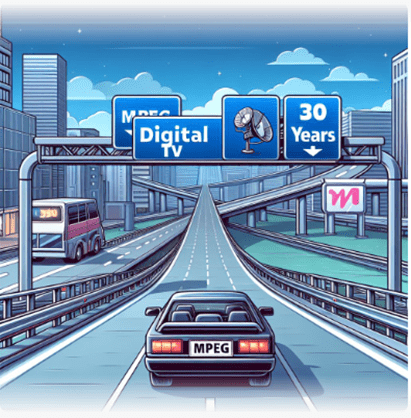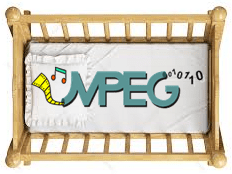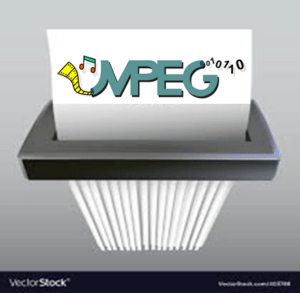…and exactly as many as 30 is the number of years that separates today from the closing day of the 29th MPEG meeting in Singapore when the MPEG-2 standard was approved. It was the 11th of November 1994.
The approval of MPEG-2 was a watershed because it was the conclusion of a turmoil that had lasted three decades. MPEG succeeded in what, less than six years before, looked like mission impossible: a solution to the “next-generation TV” for the three main industries of that time – Broadcasting, Consumer Electronics, and Telecommunications – and the three main geographical areas of that time – North America, Europe, and Far East Asia – bypassing a host of standards committees that claimed competence on various slices of the television pie but without antagonising another host of public authorities too much with conflicting goals. North America wanted an all-digital solution, Europe wanted a scalable analogue solution, and Japan, well, no solution because they already had one called MUSE. To make a difficult problem worse, the industries of those areas also had different strategies, sometimes aligned with those of the authorities, and sometimes orthogonal to them.
Everything – save the MPEG-1 project that was already running since 1988 – started from the 11th MPEG meeting in Porto in July 1990. On an afternoon, I convened a group of some 40 participants to discuss the “second phase of MPEG work” – that I had privately discussed with the MPEG chairs two months before – with hovering visible frowning from some senior MPEG members representing major National Bodies. Interestingly, and in anticipation of what would happen in the next four years, they had disagreement among themselves even inside the same National Body.
At the following Santa Clara, CA meeting in September, I appointed Sakae Okubo as chair of the Requirements group. Didier Le Gall (Video), Hans Mussmann (Audio), and Sandy McInnis (Systems) started handling MPEG-2 matters to develop the Call for Proposals in addition to the still largely unfinished MPEG-1 standard, while Tsuneyoshi Hidaka (Tests) and Geoff Morrison (VLSI) were preparing for testing the expected submissions for quality and complexity, respectively.
The 32 submissions received in response to the Video Call gave quite some food to chew, Audio struggled to develop a multichannel solution backward compatible with MPEG-1 from the 10 submissions received, and Systems embarked in the development of the Transport Stream and Program Stream solutions, both of which are still with us. Those were the glorious times when the hard work needed to develop the MPEG-2 standard created the global homogeneous audio-visual community that replaced the small sometimes warring communities across regions, industries, and media types. You can read more about that story at this and its following web pages.
Next to the technical work for which I and the hundreds of MPEG participants can be rightly proud, I should not forget to mention the informal work that led to the creation of the first patent pool. I obviously had no role in the subsequent development of the MPEG-2 licensing, but I did do something to respond to industry concerns – that could not even be voiced during official meetings – and can only commend the successful achievement of the transition between “analogue” to “digital” patent licensing. Unfortunately, instead of continuing the initial step of adapting the old “atoms”-based licensing to the new “bits”-based licensing, in the subsequent standards patent holders simply neglected the protests from the industry. I did what I could to provide technical solutions, but non-practicing entities used all means to obstruct them with a perseverance worthy of the best cause. Today, video patent licensing is navigating by sight in little closed waters instead of sailing the high seas, and the use of MPEG Video standards is largely confined to content distributed via broadcasting channels which have a steadily decreasing share of the total viewership. The sad end of MPEG is not disconnected from this.



